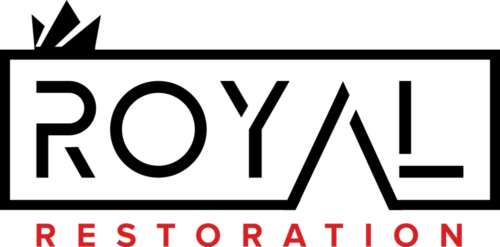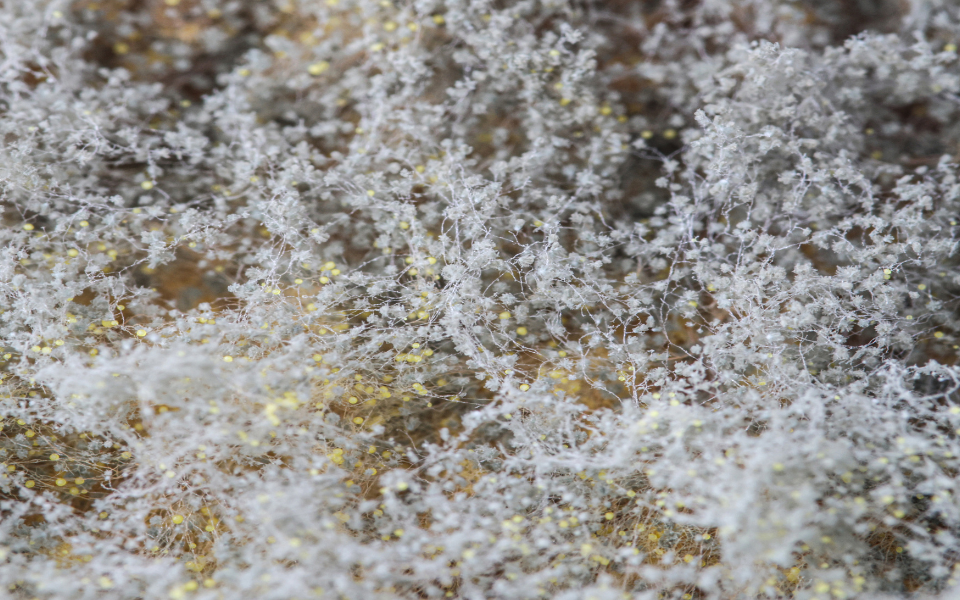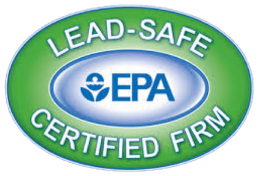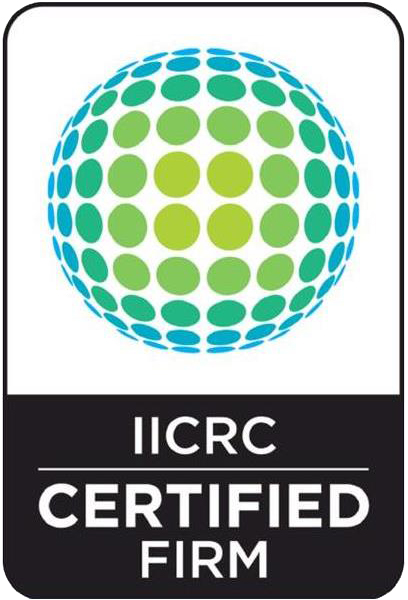Biohazards are things that can make people sick or hurt them. Some examples of biohazards are blood, throwup, mold, and sewage water. These things have germs in them that we can’t see. The germs can get into our bodies and make us sick if we touch the biohazards or breathe them in.
Table of Contents
In this article, before you hire a restoration company, we will talk about what biohazards are, and different safety levels, and give examples of common biohazards found in homes. Knowing what biohazards are and how to stay safe is important.
What is a Biohazard?
A biohazard is something that has germs that can make people sick or hurt them badly. The technical name for these kinds of germs is biological agents. Biological agents are living things like bacteria, viruses, fungi, and other germs.
Some examples are:
- Bacteria – Bacteria are tiny germs that are found everywhere. Some bacteria are good but others can make you ill. Salmonella and E. coli are types of bad bacteria.
- Viruses – Viruses are very tiny germs. They need to be inside living cells to grow and spread. Flu, measles, chickenpox, and rabies are illnesses caused by viruses.
- Fungi – Fungi are plant-like germs like mold, mildew and yeast. Breathing in mold spores can cause allergic reactions.
- Parasites – Parasites are germs that live in or on other living things. Examples are tapeworms, lice, ticks, and mosquitoes.
So in summary, biohazards are natural things like germs, chemicals, or waste that can cause injury, sickness, or death. Let’s look closer at why biohazards can be dangerous.
BIOHAZARD SAFETY LEVELS
The EPA explains that hazardous household products contain corrosive, toxic, ignitable, or reactive ingredients. They require special care when you use, store, and dispose of them.
Biohazards are put into different safety levels based on how dangerous they are:
Level 1
This may only cause an allergic reaction or minor sickness in healthy adults. Examples are drinking tap water or food handling. Special cleanup isn’t needed for level 1 biohazards.
Level 2
This can cause worse illness or even death for babies, elders, and people with health problems. Cleanup should be done carefully by someone trained. Examples are mold, animal waste, and untreated sewage water. Wearing protective gear is important.
Level 3
Can cause serious harm or death for most people. Examples are medical waste with blood or body fluids that may have viruses like HIV, Hepatitis B, or Hepatitis C. Only trained professionals with special equipment should handle level 3 cleanup.
The CDC advises exposure to any blood or fluids containing these viruses puts workers at risk for infection. The viruses can enter your body through broken skin or the soft tissues of your mouth, nose, and eyes.
BIOHAZARD EXAMPLES
Now let’s go over some common sources of biohazards found in homes and daily life. Being able to identify biohazards is the first step to staying safe.
Sewage Water
Untreated sewage water is contaminated with all kinds of dangerous germs from feces, food waste, chemicals, and more. Examples are:
- Floor drains
- Backed up toilets
- Sump pump failures
- Flooding from storms
If sewage water floods into a home, it can have many types of biohazards in it. Viruses and parasites from human or animal feces can cause illness. Mold and bacteria will multiply, releasing spores and toxins into the air.
Any sewage-water contact requires cleanup and disinfection. Contaminated drywall, flooring, and furnishings may need replacement.
Blood and Bodily Fluids
Blood, saliva, mucus, urine, vomit, and feces can all spread germs in homes. Viruses like hepatitis, bacteria like E. coli, parasites like giardia, and other germs can be present.
Examples are nosebleeds, cuts, throw-up from stomach flu or norovirus, diaper leaks, bedwetting, and also medical waste. Be very careful cleaning up any spills of blood or bodily fluids!
Mold and Mildew
Dampness inside a home from flooding, leaks, or high humidity can allow mold growth. Breathing mold spores over time can cause allergic reactions or even lung infections.
Examples of where you may find mold are:
- Leaky roofs or pipes
- Basements and crawl spaces
- HVAC systems
- Refrigerator door seals
- Food items like fruit and bread
- Shower tiles and grout
Use gloves, masks, and protective clothing for any moldy areas greater than 10 square feet. Disinfect and dry out damp areas quickly before mold spreads.
Bacteria Growth Areas
Many areas in a kitchen provide warmth, moisture, and food sources for dangerous bacteria like Salmonella, Listeria, Campylobacter, and E. coli to multiply.
Examples are:
- Kitchen sinks, drains, and garbage disposals
- Refrigerators and freezers
- Cutting boards
- Pet food and water bowls
- Trash and compost bins
Disinfect kitchen areas daily including floors. Clean up food spills right away. Follow cooking guidelines for meat temperatures. Properly wash all dishes, utensils, and reusable grocery bags.
Pests and Parasites
Pests like mice, cockroaches, mosquitos, ticks, and fleas can carry diseases in a home. Mouse droppings are particularly hazardous due to viruses like Hantavirus and germs like Salmonella.
Intestinal parasites like pinworms, roundworms, tapeworms, and giardia from infected feces can be spread by poor hygiene habits. Lice and scabies mites also infest human hair, skin, and clothing.
Use traps and pest control measures in homes. Also, practice good personal hygiene like hand washing and showering to prevent parasite spread.
Flood Waters
Flood water damage from storms, high lakes, or rivers can have very high biohazard contamination. Examples are Hurricane Katrina and many other large storms causing power failures across wide areas.
Runoff water mixes with overflowing drainage systems, carrying industrial and agricultural wastes too. Raw sewage mixes into flood waters also. This polluted water damages homes directly when entering.
Other longer-term issues are mold growth, structural damages, contaminated sediment layers, and destroyed furnishings. Always wear protective equipment during any basic cleanup due to health risks.
The Risks of Biohazards in Homes
Biohazards can cause different levels of harm depending on the type and amount of exposure. Let’s review some specific risks when hazardous spills or germs spread in households.
Injury Risks
Cuts from broken glass, nails, or wood can allow biohazard liquids to enter the body directly. This causes a higher chance of infection. Tetanus bacteria spores enter wounds easily. Exposure to toxic fumes like methane gas or carbon monoxide can poison people and pets also.
Respiratory Risks
Inhaling airborne mold, chemicals or fecal matter particles spreads germs into lung tissues. This may irritate breathing passages or even lead to dangerous pneumonia. People with asthma and allergies suffer worse with contaminated indoor air.
Skin Risks
Direct skin contact with biohazard liquids can irritate areas like the eyes, mouth and nose. Rashes or burns may form on other exposed body regions. Some germs can enter right through damaged areas of skin as well.
Intestinal Risks
Consuming anything contaminated by biohazards can result in food poisoning or intestinal infections. Viruses, bacteria, parasites, and toxins quickly upset digestive systems after being swallowed. Nausea, vomiting, diarrhea, and fever onset rapidly.
Immune System Risks
High-level pathogen loads use up immune system resources trying to fight off diseases. This lowers the body’s ability to handle future everyday exposure to common germs from crowds or public transit. People may fall ill easier later on.
Mental Health Risks
The stress of biohazard events can cause emotional issues like anxiety, depression, or PTSD. Financial losses, relationship impacts, and displaced living happen too. Children or those with existing conditions particularly struggle with major life changes.
So biohazards clearly create short and long-term health consequences along with lifestyle disruptions for households impacted. Acting quickly when risks emerge limits how severely families suffer though.
Preventing Biohazards in Homes
Many proactive precautions minimize biohazard risks across households. Good daily habits keep families safer. Let’s review some key prevention methods to follow at home.
Clean Carefully
- Use disinfecting cleaners weekly on all surfaces
- Ensure meat and produce get washed before eating
- Wash hands with soap often, especially before eating
- Use separate cutting boards for produce and meats
Maintain Diligently
- Fix any water leaks quickly
- Routinely clean AC filters and vents
- Drain Water heaters and hoses before winter
- Replace worn-out plumbing and appliances
Inspect Thoughtfully
- Check food expiration dates and toss old items
- Look for signs of pests and address promptly
- Review all drains for blockages
- Test smoke detectors and carbon monoxide monitors
Improve Systematically
- Declutter storage areas and sorting possessions
- Upgrade filtration with whole-house water systems
- Install bathroom fans properly vented outside
- Seal up exterior holes mice or insects enter through
With some dedication to hygiene, maintenance, and safety practices, households experience fewer biohazard events. Staying vigilant protects family health and homes better long-term too.
To Conclude
Biohazards encompass a wide range of risks found right inside our own households. From infectious germs multiplying on kitchen sponges to lung-damaging mold spores circulating through AC ductwork, dangers lurk in unexpected spots. Flooded basements, clogged drains and pet accidents also spread disease-causing bacteria and viruses easily when not cleaned up properly.
Paying attention to warning signs like musty smells or sewage backups allows early interventions. Seeking quick professional assessments of questionable spills prevents wider contamination across living spaces. Utilizing protective gear properly and disinfecting vigorously helps contain the spread of hazards. Though Eliminating all health dangers proves difficult, staying alert helps homeowners reduce problems significantly. Bolstering prevention habits around maintenance and hygiene makes homes cleaner and families safer as well. Simple diligence goes a long way towards securing biohazard-free households. We owe it to both our properties and loved ones to stay informed and proactive against illness-causing risks.



